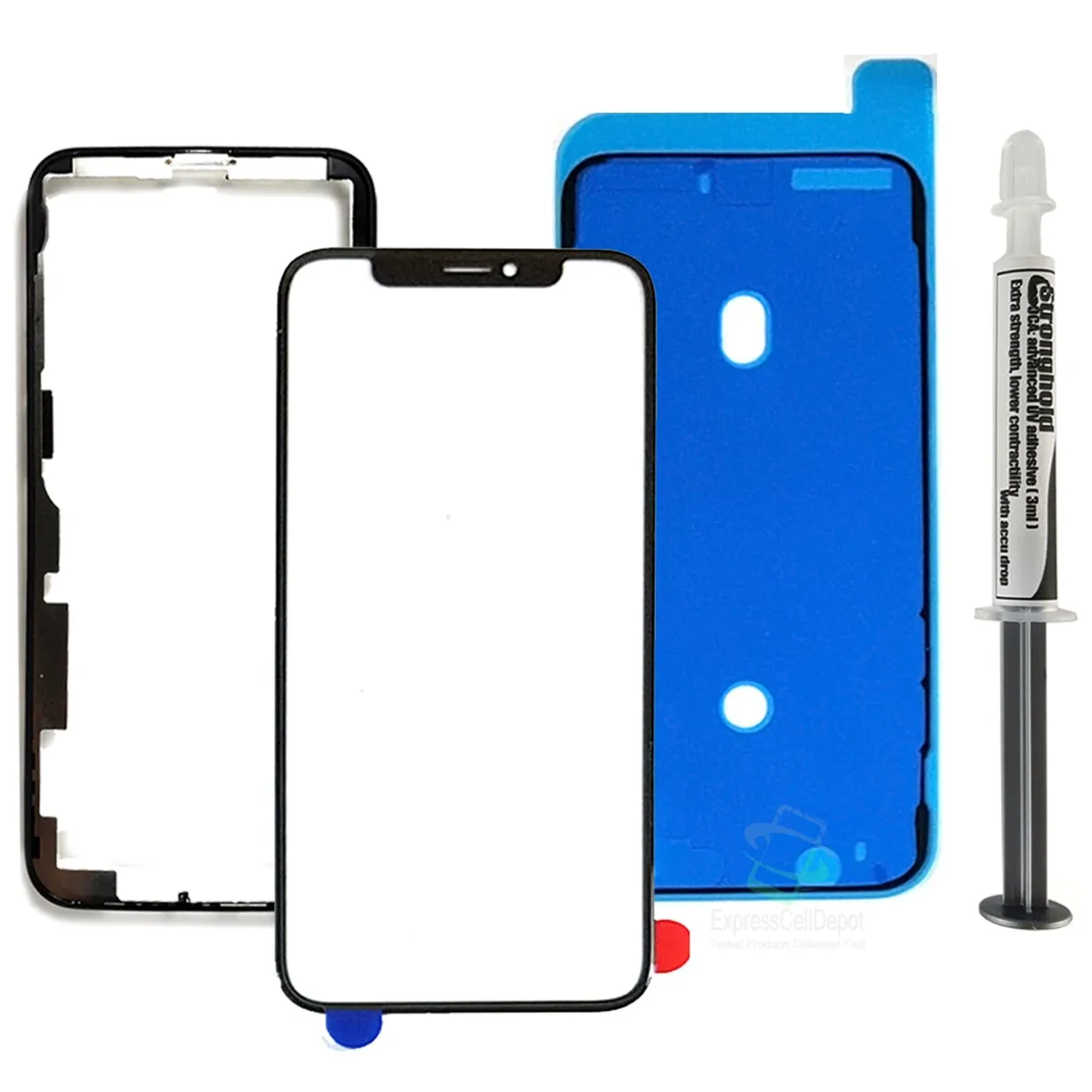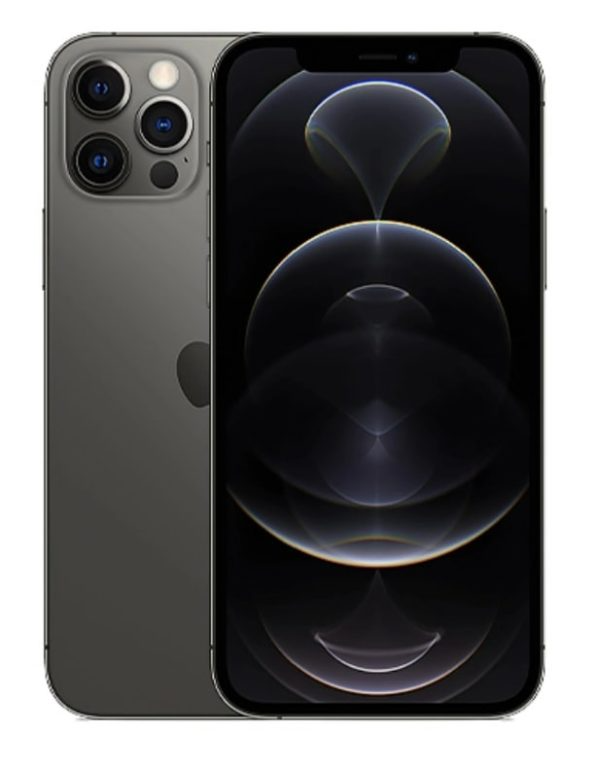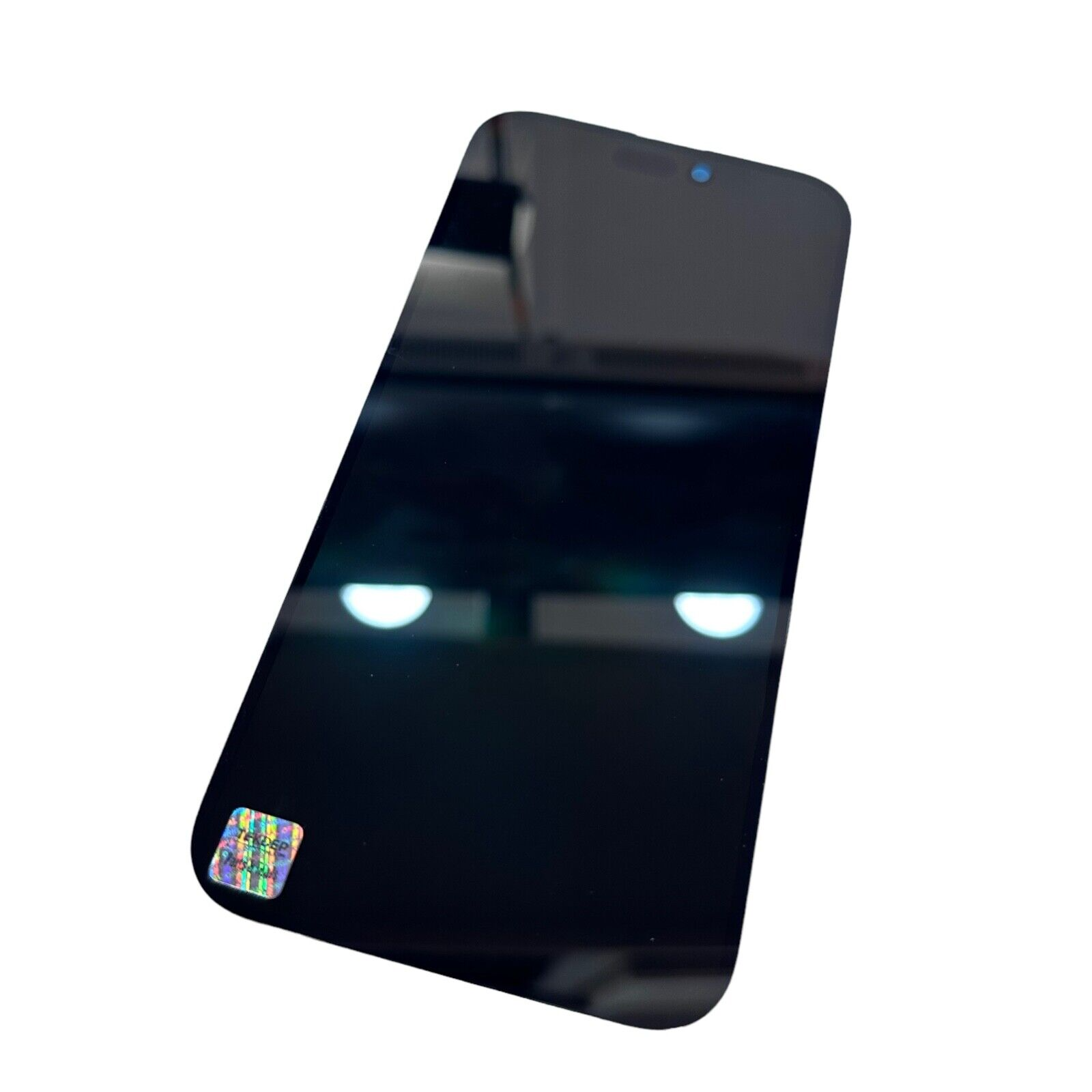Introduction
A cracked or damaged iPhone 14 Pro Max screen can be a frustrating and disheartening experience for any owner of Apple’s flagship smartphone. Not only does it impair the device’s aesthetics, but it can also hinder usability and potentially expose internal components to further damage. Fortunately, there are several solutions available to restore your device to its pristine condition. This comprehensive guide explores the primary options for iPhone 14 Pro Max screen replacement, detailing the pros and cons of each method to help you make an informed decision.
DIY Screen Replacement
For tech-savvy individuals who enjoy tackling repairs themselves, DIY screen replacement might be an appealing option. Before diving into this endeavor, consider the following aspects:
Required Tools and Skills
DIY screen replacement requires a specific set of tools, including a precision screwdriver kit, suction cup, pry tools, and a heating pad or hair dryer. Additionally, you’ll need to purchase a genuine or aftermarket replacement screen compatible with the iPhone 14 Pro Max. Proficiency in handling delicate electronic components, following detailed repair guides, and working with small parts is crucial. Be prepared to spend time researching, learning, and carefully executing each step to avoid further damage.
Cost Savings and Risks
Undertaking a DIY screen replacement can save you money compared to professional services, as you’re only paying for the replacement part and not labor costs. However, there are inherent risks involved. Mishandling the repair could lead to irreparable damage, voiding your warranty, or even causing safety hazards due to exposed electrical components. Furthermore, installing a non-genuine screen might compromise display quality, touch sensitivity, or compatibility with future iOS updates.
Authorized Apple Service Providers and Apple Stores
If you prefer a professional solution with guaranteed quality, turning to authorized Apple service providers or Apple stores is a reliable choice. Here’s what you can expect:
Expertise and Warranty Protection
Authorized technicians have undergone specialized training to handle Apple devices, ensuring they can efficiently and accurately replace your iPhone 14 Pro Max screen. By using genuine Apple parts, they maintain your device’s warranty coverage and guarantee compatibility with future software updates. Moreover, if any issues arise during or after the repair, you have the backing of Apple’s customer support and warranty policies.
Cost and Turnaround Time
While professional repair services offer peace of mind, they come at a higher cost compared to DIY alternatives. The price of an official Apple screen replacement for an iPhone 14 Pro Max can be substantial, especially if the device is no longer covered by AppleCare+. Turnaround times may vary depending on the availability of parts and technician workload, ranging from same-day service to a few days or more.
Third-party Repair Shops
For those seeking a balance between cost-effectiveness and professional assistance, third-party repair shops can provide a viable alternative:
Quality and Affordability
Reputable third-party repair shops employ skilled technicians who can replace your iPhone 14 Pro Max screen using either genuine Apple parts or high-quality aftermarket components. Prices tend to be lower than those at authorized Apple service centers, offering a more budget-friendly option without sacrificing much in terms of quality. Be sure to research the shop’s reputation, read customer reviews, and inquire about the type of replacement screen they use before committing to a repair.
Warranty and Compatibility Considerations
Third-party repairs generally do not void your Apple warranty unless the repair causes additional damage. However, using non-genuine parts might affect your eligibility for future repairs covered under Apple’s warranty or AppleCare+. It’s essential to discuss these implications with the repair shop beforehand. Additionally, some third-party screens might not function perfectly with certain iOS features or updates, so clarify any potential limitations with the technician.
Insurance and Coverage Plans
Insurance and coverage plans are financial products designed to protect individuals, families, or businesses from potential financial losses due to various risks and unforeseen events. These plans transfer the financial burden of such events to an insurance company in exchange for regular premium payments or a one-time fee. There are numerous types of insurance and coverage plans available, each tailored to address specific needs and risks. Here’s an overview of some common categories:
Health Insurance
This type of insurance covers medical expenses incurred due to illness, injury, or preventive care. Health insurance plans typically include benefits like hospitalization costs, doctor visits, prescription drugs, diagnostic tests, and sometimes even dental and vision care. Depending on the plan, policyholders may have copayments, deductibles, and coinsurance to share the cost with the insurer.
Life Insurance
Life insurance provides financial protection to beneficiaries (e.g., family members) upon the death of the insured person. There are two main types:
-
- Term Life Insurance offers coverage for a specified period (e.g., 10, 20, or 30 years). If the insured dies during this term, the beneficiaries receive a death benefit. If the insured outlives the term, no benefit is paid.
- Permanent Life Insurance (e.g., Whole Life, Universal Life) provides lifelong coverage and includes a cash value component that grows over time, which can be borrowed against or withdrawn under certain conditions.
Auto Insurance
Mandatory in most jurisdictions, auto insurance protects vehicle owners against financial losses resulting from accidents, theft, vandalism, or other damages. Basic coverage typically includes liability insurance (for property damage and bodily injury caused to others), collision coverage (for damage to your own vehicle in an accident), and comprehensive coverage (for non-collision incidents like theft, fire, or weather-related damage).
Homeowners/Renters Insurance
Homeowners insurance covers damages to your house and its contents, as well as liability for injuries sustained on your property. Renters insurance provides similar coverage for personal belongings and liability but does not cover the dwelling itself, as that is the responsibility of the property owner.
Disability Insurance
If you become unable to work due to a disabling illness or injury, disability insurance replaces a portion of your income, helping you maintain financial stability during your recovery. There are two primary types:
-
- Short-Term Disability usually kicks in after a brief waiting period (e.g., 7-14 days) and provides benefits for several months to a year.
- Long-Term Disability has a longer waiting period (e.g., 90 days) but provides benefits for a more extended period, often until retirement age.
Umbrella Liability Insurance
This supplemental coverage provides additional liability protection beyond the limits of your standard home, auto, or other liability policies. It can help protect your assets in case of a lawsuit resulting from a serious accident or incident where you’re found liable for significant damages.
Business Insurance
Businesses require various types of insurance to protect against financial losses, including:
-
- General Liability Insurance covers third-party claims for bodily injury, property damage, and advertising injury.
- Property Insurance protects business-owned buildings, equipment, inventory, and other assets against damage or loss.
- Workers’ Compensation Insurance provides benefits to employees who are injured or become ill due to job-related causes.
- Professional Liability Insurance (also known as Errors & Omissions Insurance) safeguards professionals (e.g., doctors, lawyers, consultants) against claims of negligence, errors, or malpractice.
Travel Insurance
Designed for individuals traveling domestically or internationally, travel insurance can provide coverage for trip cancellations, medical emergencies, lost luggage, and other unforeseen events that may disrupt or impact your travel plans.

When selecting insurance and coverage plans, it’s essential to assess your unique risks, financial situation, and the level of protection you need. Comparing policy features, premiums, deductibles, coverage limits, and exclusions can help you make an informed decision and ensure you have adequate protection without overpaying for unnecessary coverage. Consulting with a licensed insurance agent or broker can also be helpful in navigating the options and finding the right fit for your needs.
Conclusion
Dealing with a cracked iPhone 14 Pro Max screen doesn’t have to spell disaster. Whether you opt for DIY repair, professional assistance from authorized Apple service providers, third-party repair shops, or leveraging your insurance coverage, there are multiple solutions to restore your device to its former glory. Carefully weigh the pros and cons of each option, considering factors like cost, convenience, warranty implications, and your own technical proficiency, to make the best choice for your situation. With the right solution, you’ll soon be enjoying your iPhone 14 Pro Max’s stunning display once again.




